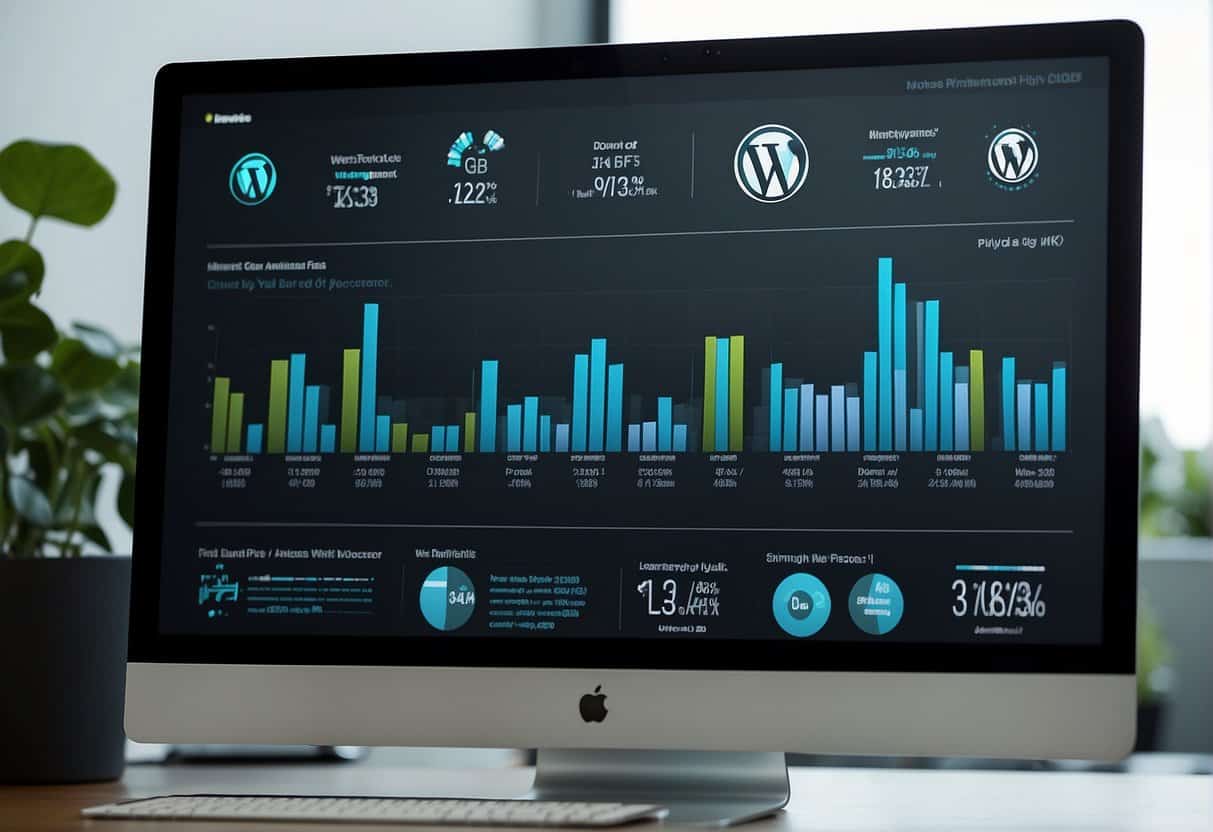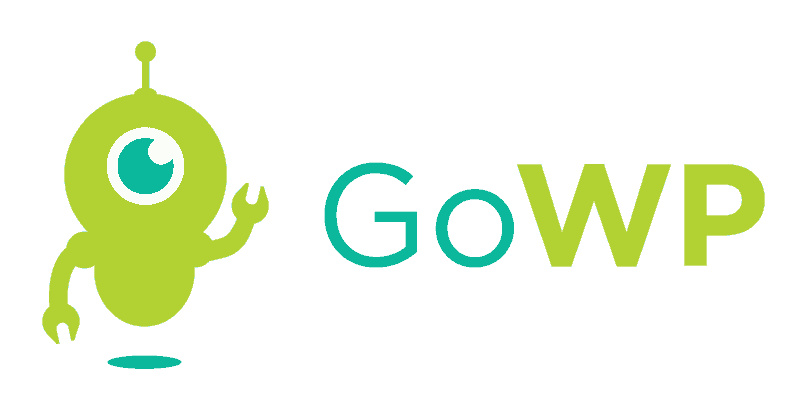As an agency owner, it’s common to feel like you’re living from one month to the next. Project-based work means you’re never quite sure when your next client will arrive—or what kind of revenue they will bring with them.
You probably already offer your clients a care plan, and if not, it’s very smart to start doing so. This subscription-style service can bring some much-needed stability to your agency. However, you shouldn’t just stop there.
If you introduce care plan add-ons and upsells as well, you can maximize the regular revenue coming into your company.

What is a WordPress care plan?
Before we go any further, let’s define what a care plan consists of. Note that they’re also widely known as maintenance plans.
Here at GoWP, we offer our own white label WordPress maintenance service, for example.
You probably noticed that, for a while, the industry was using this term to refer to a wide range of services. The conversation is starting to settle, which means there are some standard features you can now expect to find in a basic care plan.
Kristina Romero, the founder of WP Care Market, shared these features in a GoWP webinar about Selling Maintenance Plans. She noted that agencies tend to offer two plans: one basic and one advanced. Both include a defined duration of maintenance, support, and communication minutes, but advanced plans offer more time. This time is very necessary for complex sites or sites that are updated daily!
On top of this dedicated support time, care plans usually include software update services, regular website backups, security monitoring, performance optimization, and a monthly report.
With this in mind, any service going beyond that remit could, in theory, become a care plan add-on.
Why offer add-ons and upsells? Here are 5 Reasons to expand your service:
There are 5 great reasons to expand your service provision and offer add-ons and upsells in addition to your basic care plan.
- You can provide your clients with a fuller service.Rather than simply sending clients away once you’ve delivered a product, you can provide a care plan with add-ons to continually maintain and improve it. This is an attractive proposition for clients to want to save time and avoid extra work.
- You add quantifiable value to your agency.Whether you’re planning to sell your agency or not, it’s important to know the value of the business. Profits from project work are useless when it comes to making that estimation. The ongoing revenue from care plans and add-ons can be counted, though.
- You can start to plan on a longer-term basis.When you’re working from one project to the next, you lack a dependable income stream. This makes it complicated to commit to long-term expenses such as staff members. Once you have regular revenue, you can confidently budget and plan for the future growth of your agency.
- You can save resources on client acquisition.If your agency’s revenue depends on endlessly acquiring new clients, you undoubtedly spend a lot of time, money, and effort to attract them. You already have former clients who could be accessed much more easily, so why not make the most of them?
- You can use your pre-existing resources more effectively.Working in a niche agency, you undoubtedly have vast industry knowledge that you can exploit to provide more comprehensive services for your clients. Right now, you might exclusively apply your skills to larger projects. You could use those same skills to perform smaller, more routine tasks, and in doing so maximize your revenue.
Moving from the LOST model to a stable CORE
During her webinar, Kristina explained that agencies should move from a LOST business model to a CORE one if they want to make their business more sustainable.
The LOST model stands for:
- Lead generation
- Offboard
- Send away
- Tread water
This is the process followed by most project-based agencies. First, they expend effort on attracting a new client. Once the project is complete, they offboard them and send them away. What do they do until the next client comes along? Tread water.
Treading water represents a loss of potential revenue as well as your team’s skills and time. As an alternative to this wastefulness, Kristina advocates for the adoption of a CORE model.
CORE stands for:
- Care plans
- Options (or add-ons)
- Redesigns
- Extra support time
By the CORE model, project-based work would be supplemented by ongoing revenue from these subscription services. This way, agencies benefit from the full potential value of their current customers, making ongoing client acquisition less of a life-or-death situation.
That doesn’t mean agencies abandon their project work or stop searching for new clients, though. It simply means that these CORE services move to the center of the company, sustaining it from within and providing the regular income required for it to survive and grow.
Ready to make the change? Thankfully, moving from LOST to the CORE model only requires a slight shift in focus, rather than an upheaval of your agency’s entire approach. Giving your care plans priority and offering just a couple of add-ons could make a big difference.
8 Tips for offering add-ons and upsells
- You’ll have to sell clients on the benefit of the add-on: Provide good reasons for them to make the change. How will this add-on better serve their objectives? Be prepared to explain the business value of your services.
- Don’t compare your services to mass market solutions: Their prices are cheaper because they aren’t providing the personalized solution that you are. You’re not competing with them; what you offer is distinct.
- Perform thorough profitability audits: Before you add to your service menu, check how much time it will take for your team to deliver this service and ensure that it’s worth the price you plan to charge.
- Set clear boundaries on all of your services: If you’re saying “unlimited,” for example, make sure you’re clearly defining what you mean by that term. Otherwise, things can spiral out of control quickly!
- Reflect on your individual experience and skills: Think outside the box. You have a unique career history and skillset, which means you have the potential to offer unusual add-ons.
- Leverage your relationships: Remember, the main selling point of a website care add-on is your agency. After all, the client already knows you’re great to work with! These services are rooted in relationships.
- Tiered options are a good idea: This way, clients can downgrade when their need (or budget) reduces, rather than cancel completely. The objective is always to avoid “churn” — the overturn of clients.
- Don’t give your expertise away for free! You’re probably already giving your clients free insights on the side, which isn’t in the best interests of your business. Instead, offer your advice as an add-on service.
16 Ways to offer add-ons
When it comes to add-ons, you can be as obvious or as unconventional as you like. You know your clients best, so choose services that you believe they’d benefit from.
Here are 16 options you might consider including:
- Development hour retainers: This guarantees access to the most valuable resource of all, your time.
- Web hosting: You might even include as a policy that you only work with clients that you host.
- Social media management: Clients appreciate services that save them time or save them hiring someone new.
- Marketing plans: In this case, you don’t need to execute the plan. You just need to design it.
- SEO support: Retaining a high ranking in the search results requires ongoing attention and updates. You could do the hard work for them.
- Strategy sessions: If you have expert advice about SEO or how they could improve their social media presence, your clients could pay to hear it!
- Website reviews: This service involves routinely auditing your client’s website to check for any issues or areas of potential improvement.
- Firewall and advanced security support: A hack repair add-on will be seen as an essential service. Clients are unlikely to cancel.
- Design plans: Your client might need ongoing graphic design support, for example, if they want to keep their social media pages active and consistent.
- Content creation plans: You might offer to create a monthly content calendar for your clients to use, or you could write their company blog in-house, for example.
- Email marketing: Clients could pay you to craft their next email marketing campaign if you have expertise in this area.
- Support desk takeover: This involves redirecting your client’s tech support inbox to yours so that you can directly solve problems for their team members.
- Unlimited content edits: A client paying for this service knows their content will stay up-to-date at all times.
- Business consulting: With your in-depth understanding of the industry, you undoubtedly have significant knowledge to share.
- Platform search optimization: This is distinct from SEO in that it applies to specific platforms such as YouTube and Instagram.
- Group management: Clients often hire virtual assistants to handle this work. Why doesn’t your agency offer it instead?
Remember that an add-on service doesn’t have to involve your high-level skills. It may be about taking over time-consuming and tedious tasks that otherwise cause your clients a headache! Install our Maintenance Dashboard Plugin here.
For advice on how to sell WordPress maintenance plans, check out GoWP’s free ebook.






